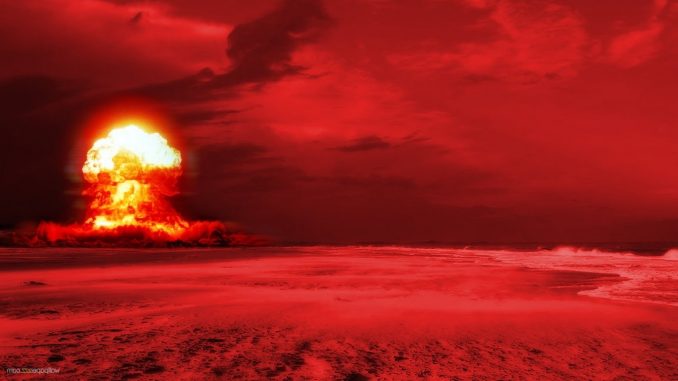
On This Day, August 5th, 1963, Representatives of the United States, the Soviet Union, and Great Britain sign the Nuclear Test Ban Treaty, which prohibited the testing of nuclear weapons in outer space, underwater, or in the atmosphere. The treaty was hailed as an important first step toward the control of nuclear weapons.
Discussions between the United States and the Soviet Union concerning a ban on nuclear testing began in the mid-1950s. Officials from both nations came to believe that the nuclear arms race was reaching a dangerous level. In addition, public protest against the atmospheric testing of nuclear weapons was gaining strength. Nevertheless, talks between the two nations (later joined by Great Britain) dragged on for years, usually collapsing when the issue of verification was raised. The Americans and British wanted on-site inspections, something the Soviets vehemently opposed. In 1960, the three sides seemed close to an agreement, but the downing of an American spy plan over the Soviet Union in May brought negotiations to an end.
The Cuban Missile Crisis provided a major impetus for reinvigorating the talks in October 1962. The Soviets attempted to install nuclear-capable missiles in Cuba, bringing the Soviet Union and the United States to the brink of a nuclear war. Cooler heads prevailed and the crisis passed, but the other possible scenarios were not lost on U.S. and Russian officials. In June 1963, the test ban negotiations resumed, with compromises from all sides. On August 5, British, American, and Russian representatives signed the Nuclear Test Ban Treaty. France and China were asked to join the agreement but refused.
The Nuclear Test Ban Treaty was a small but significant step toward the control of nuclear weapons. In the years to come, discussions between the United States and the Soviet Union grew to include limits on many nuclear weapons and the elimination of others.



Be the first to comment